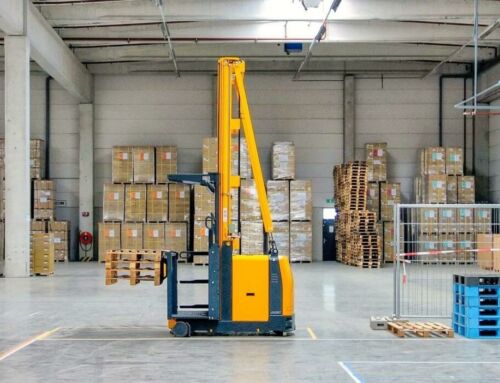
The consequences of underinsurance
When taking out an insurance policy for your physical assets, whether it’s your property, or your business equipment, one of the most important decisions you’ll need to make is how much to insure them for. Unfortunately, it’s also an easy thing to get wrong. You may have heard of underinsurance and how serious the consequences can be, but the reality is, underinsurance is common in Australia and the problem may be much closer to home than you might realise. Let’s have a look at underinsurance in some more detail, how it can have an impact when you claim, and steps you can take to prevent it.
What is underinsurance?
Underinsurance can happen when an asset is insured for a value less than it would cost to replace it with something of similar make, model or capacity. For example, say a home owner insures their house for $300,000, the house is completely destroyed by a natural disaster for example flood or fire, and the cost to rebuild is $500,000. This means the house was underinsured.
The actual consequence here would be that the insurer would not have to pay the full policy limit, in this case $300,000. The amount paid to the homeowner for this claim would be reduced in proportion to the extent the house had been underinsured, and the homeowner may need to contribute to the cost to rebuild the house with their own funds. If $500,000 is the actual replacement value of the house (100%) and you’ve only insured it (and paid premium for) $300,000 value (60% of the $500,000) then the consequence is that the insurer would not have to pay the full policy limit (the value the asset was insured for, in this example $300,000). The insurer would reduce its claim payment amount by the extent of the underinsurance (potentially 40%) meaning the owner would potentially contribute to the cost to rebuild the house with their own funds.
Why is this a problem?
Many small businesses have admitted they may be underinsured. One of the key reasons for underinsurance being so common is that many people don’t understand how underinsurance works. There are some people who deliberately underinsure thinking they’d be happy to downgrade or purchase less equipment if there was a claim, but do not realise it affects the maximum amount an insurer is required to pay. Material cost increases, labour increases and scarcity of products also need to be taken into account when setting the value of assests.
What happens in a claim if you’re underinsured?
There is a misconception that underinsurance will only impact a claim if there is a total loss, such as if your house burns down, or your business premises are destroyed completely by a flood. However, underinsurance can impact any claim, even when there is only partial damage, if an asset is not insured for true replacement value. If you make a claim, and at the time of assessing the claim, it is discovered that your assets were underinsured, then the amount paid to you will be reduced in line with the amount you had underinsured for.
To demonstrate using an example
- You insure your equipment for $100,000
- An insured event occurs such as a fire or flood, damaging $50,000 worth of your businesses equipment
- You put in a claim for $50,000 for repairs and replacement of the damaged equipment
- An assessor determins that your total equipment is valued at $200,000
- As you have declared/insured your equipment for $100,000 but the assessed value is $200,000, you have underinsured yourself by 50%
- Your claim will therefore be reduced by 50%, meaning you will only receive $25,000 and not the full $50,000 claimed for.
How can you prevent underinsurance?
There are several steps a property or business owner can take to prevent underinsurance, which include some basic due diligence when purchasing or renewing an insurance policy. When nominating your Sum Insured, take some time to calculate the cost of replacing or rebuilding your assets new for old, rather than the purchase amount. There are also calculators online which can assist, or seek the assistance of a professional valuation service provider.
Reviewing your Sum Insured should also be ongoing i.e. reviewing throughout the year, when you purchase new equipment, upgrade or renovate, as you’ll likely need to adjust your sum insured accordingly. As Qualified Professional Insurance Brokers, we can assist you prevent underinsurance.


